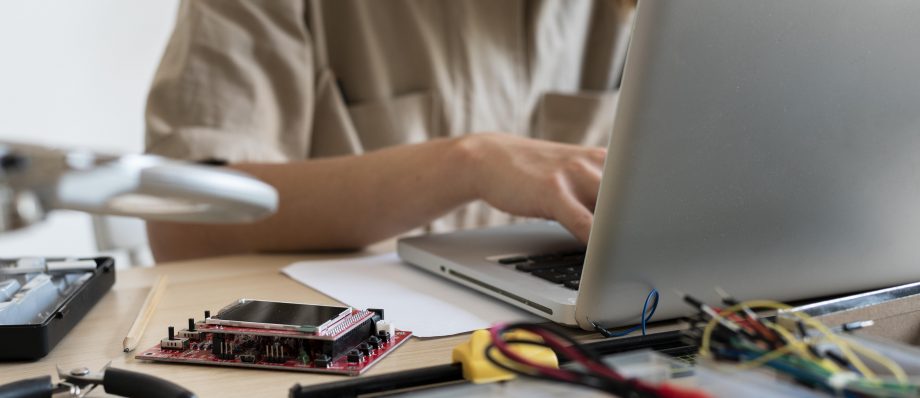Troubleshooting 101: Essential Tips for DIY Computer Repairs
In today’s digital age, computers have become an integral part of our daily lives, from personal use to running businesses. However, like any complex machinery, they are prone to malfunctions and glitches. While calling in professional help is always an option, many common computer issues can be resolved with a bit of troubleshooting and some basic know-how. In this article, we’ll delve into the essentials of DIY computer repairs, equipping you with the knowledge to tackle common problems head-on.
- Identifying the Problem: The first step in any troubleshooting process is identifying the root cause of the issue. Is your computer freezing? Running sluggishly? Not booting up at all? By observing the symptoms and understanding when they occur, you can narrow down the possible causes and devise a targeted solution.
- Basic Hardware Checks: Before delving into software troubleshooting, it’s crucial to ensure that your computer’s hardware components are in working order. Check connections, inspect for visible damage, and listen for any unusual noises during startup. Issues such as loose cables, failing hard drives, or overheating components can often be detected through simple visual and auditory checks.
- Restarting Your Computer: It may sound cliché, but the age-old advice of “turning it off and on again” often works wonders. Restarting your computer can help resolve temporary glitches and clear out system errors that may be causing performance issues.
- Software Updates and Patches: Outdated software can be a breeding ground for bugs and vulnerabilities. Ensure that your operating system, drivers, and essential software applications are up to date with the latest patches and updates. Many performance issues and security threats can be mitigated simply by keeping your software current.
- Running Diagnostic Tools: Most operating systems come equipped with built-in diagnostic tools that can help identify and fix common problems. Tools like Windows’ built-in troubleshooter or macOS’s Disk Utility can scan for and repair disk errors, system file corruption, and other software-related issues.
- Safe Mode Boot: If your computer is experiencing persistent crashes or startup failures, booting into Safe Mode can help isolate the problem. Safe Mode loads the operating system with minimal drivers and services, allowing you to troubleshoot software conflicts or malfunctioning drivers that may be causing instability.
- Check for Malware and Viruses: Malware and viruses can wreak havoc on your computer’s performance and compromise your data security. Run a thorough antivirus scan to detect and remove any malicious software that may be lurking on your system. Additionally, consider installing reputable antivirus software for real-time protection against future threats.
- Disk Cleanup and Defragmentation: Over time, your computer’s hard drive can become cluttered with temporary files, cache data, and fragmented files, leading to decreased performance. Regularly perform disk cleanup to remove unnecessary files and run disk defragmentation to optimise file storage and improve read/write speeds.
- Hardware Upgrades and Replacements: If your computer’s performance issues persist despite software troubleshooting, it may be time to consider hardware upgrades or replacements. Upgrading components such as RAM, hard drives, or graphics cards can significantly enhance performance and extend the lifespan of your system.
- Backup Your Data: In the event of a catastrophic hardware failure or irreparable software corruption, having a recent backup of your data is essential. Regularly backup your important files and documents to an external hard drive, cloud storage service, or network-attached storage (NAS) device to ensure that your data remains safe and accessible.
DIY computer repairs don’t have to be daunting tasks reserved for tech-savvy enthusiasts. With the right knowledge and tools at your disposal, many common computer issues can be resolved quickly and efficiently from the comfort of your own home. By following these essential troubleshooting tips, you can keep your computer running smoothly and minimise downtime caused by unexpected technical hiccups. Remember, when in doubt, don’t hesitate to seek professional assistance, but empower yourself with the confidence to tackle basic computer repairs on your own.
Article Sponsored by:

Email: support@abcservice.co.uk
Website: https://www.abcservice.co.uk



